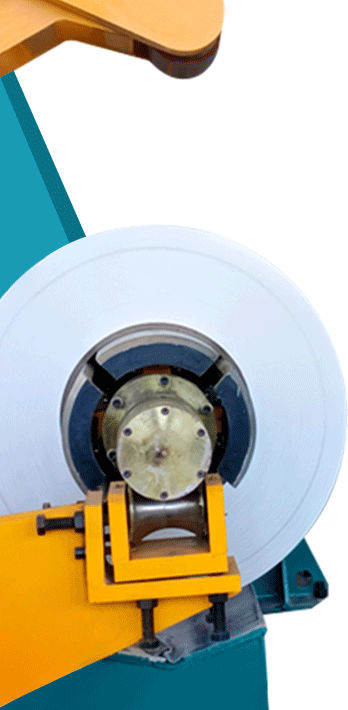Aluminium Veneer
- Home
- Aluminium Veneer
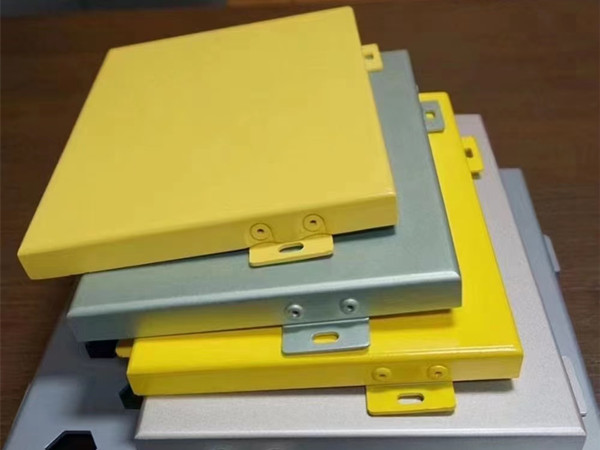
Aluminium Veneer
Aluminum veneer is a type of metal cladding that is used for exterior and interior architectural applications. The application process for aluminum veneer typically involves the following steps:
-
Surface Preparation
Layout and Measurement -
Adhesive Application
Sealing -
Factroy Price
Aluminium Prdocut
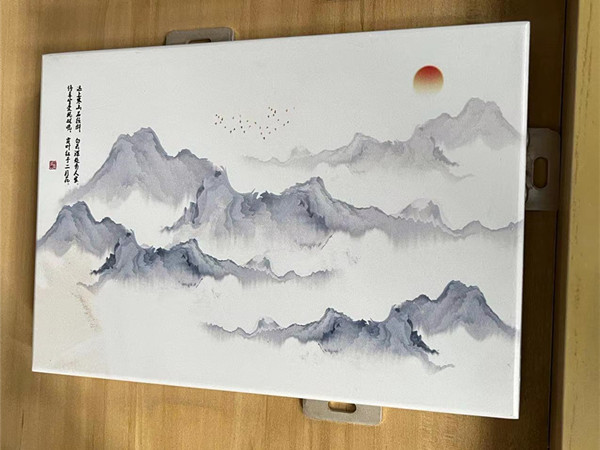
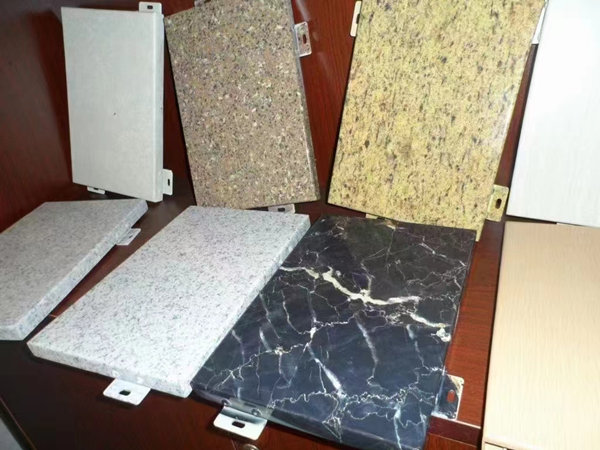
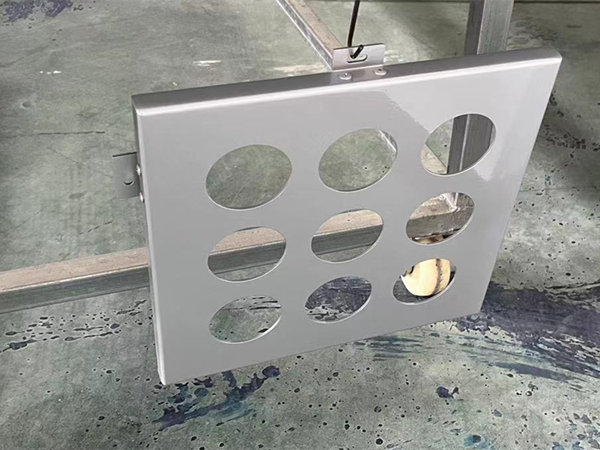
Features Of Aluminium Veneer
Aluminum veneer has several key features that make it an attractive choice for architectural applications:
Durability: Aluminum is a strong and durable material that is resistant to corrosion, and other forms of wear and tear. And to make it ideal for use in construction.
Lightweight: Aluminum veneer is much lighter than other metal cladding materials, making it easier to install and transport.
Aesthetic Appeal: Aluminium veneer has a sleek and modern look that can enhance the appearance of a building, both inside and out.
Customizability: In a variety of shapes and sizes to meet the specific design needs of a project. It can also be with paint or other coatings to match the desired color scheme.
Energy Efficiency: Aluminum veneer can help to improve a building’s energy efficiency by reducing heat transfer and providing a barrier against the elements.
Cost-Effective: Aluminum veneer is often less expensive than other metal cladding materials, making it a cost-effective option for many architectural applications.
What is aluminium veneer?
Aluminum Veneer consists of thin sheets of aluminum to a building’s surface to provide a durable and attractive finish.
-
- Typically lightweight, yet strong and durable, making them ideal for use in construction.
- Resistant to corrosion, weathering, and other forms of wear and tear, which helps to maintain their appearance over time.
Applications:
-
- As a facade material for buildings, as it provides a sleek and modern look while also offering protection from the elements.
- Accent certain areas of a building, such as entranceways or architectural features, to enhance its overall aesthetic.
- In interior design applications, such as walls, ceilings, and partitions, to provide a clean and modern look.
Aluminium Veneer VS Aluminum Sheet
Aluminum veneer and aluminum sheet are both made from aluminum, but there are some key differences between the two.
Aluminium Sheet
Aluminum sheet is a flat piece of aluminum that is thicker and more rigid than aluminum veneer.
It has wide application for construction or manufacturing purposes, such as creating panels or sheets for use in building facades or as a raw material for other products.
Aluminium Veneer
Aluminum veneer, on the other hand, is a thin layer of aluminum that applying to a surface, usually as a decorative or protective layer. The aluminum veneer is typically much lighter than aluminum sheet, and it is more flexible and form-fitting. Application for architectural purposes, such as cladding for building facades, walls, and ceilings.
The Difference
In terms of aesthetics, aluminum veneer provides a cleaner, sleeker look than aluminum sheet. It may be more utilitarian in appearance.
In terms of cost, aluminum sheet is often less expensive than aluminum veneer, as it requires less processing and fabrication.
However, the cost of aluminum veneer can be offset by its durability, aesthetic appeal, and ease of maintenance.

